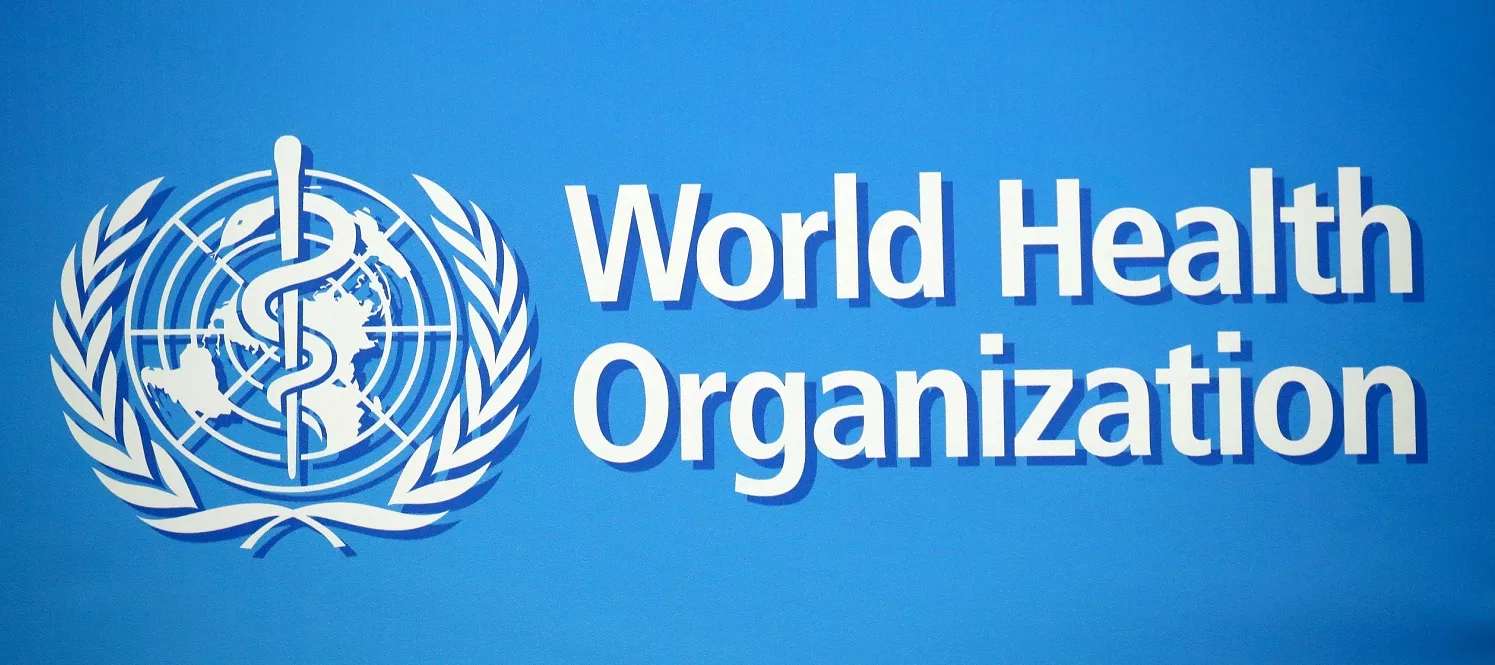Electronic Medical Record Market Valued at USD 18.82 Billion in 2024, Shows Promising Growth Prospects
Future Market Insights’ updated report on the electronic medical record ecosystem highlights various opportunities and growth spots for the coming decade. As per the analysis, the electronic medical record market is set to account for a current valuation of USD 18.82 billion in 2024.
The electronic medical record market has emerged as a vital component of modern healthcare systems. Electronic medical records (EMRs) are digital versions of patients’ paper charts, providing real-time, patient-centered records that make information available instantly and securely to authorized users. This transformation from traditional paper-based records to digital platforms is revolutionizing how healthcare providers manage patient information and deliver care. EMRs encompass a broad range of functionalities, from recording medical histories and diagnoses to managing prescriptions and lab results, thereby enhancing the efficiency and accuracy of healthcare delivery.
This market’s growth reflects the increasing emphasis on improving patient outcomes through technology, regulatory pushes for digital adoption, and a rising need for streamlined healthcare operations. Healthcare organizations across the world are adopting electronic medical record systems to reduce paperwork, improve data accuracy, and facilitate better communication among healthcare professionals. These systems serve as the foundation for integrating other advanced healthcare IT solutions like telemedicine, analytics, and population health management, further driving their importance.
The size of the electronic medical record market has expanded substantially in recent years and continues to show robust growth potential. This expansion is driven by widespread digitization efforts in healthcare facilities ranging from large hospitals to smaller clinics and specialty care centers. Increasing government incentives and mandates encouraging the use of EMRs have accelerated adoption rates, especially in developed economies. Additionally, emerging markets are witnessing a steady rise in demand due to growing healthcare infrastructure and digital awareness.
Among key trends, interoperability stands out as a critical focus area. Stakeholders are pushing for EMR systems that can seamlessly exchange data across different platforms and healthcare providers to ensure continuity of care. The demand for cloud-based EMR solutions is also rising, as they offer scalability, flexibility, and lower upfront costs compared to traditional on-premise software. Mobile accessibility is another trend gaining momentum, allowing healthcare providers to access patient records anytime and anywhere, improving responsiveness and care quality.
Another significant trend is the integration of artificial intelligence and machine learning into EMR systems. These technologies enhance data analysis, help predict patient risks, and automate routine documentation, reducing clinician burnout. Personalization of EMR interfaces and workflows is becoming more prevalent to meet the unique needs of different specialties and practices.
Despite the rapid growth, the electronic medical record market faces several challenges. One of the primary obstacles is data privacy and security concerns. With sensitive patient information stored digitally, there is a heightened risk of cyberattacks and data breaches. Ensuring compliance with stringent healthcare regulations like HIPAA and GDPR adds complexity to EMR deployment and management. Healthcare providers must invest heavily in security measures to protect patient data and maintain trust.
Usability remains a significant challenge as well. Some EMR systems are criticized for being cumbersome, leading to clinician frustration and decreased productivity. Poorly designed interfaces can contribute to errors and reduce the quality of care. Addressing these issues requires ongoing user feedback, better design practices, and adequate training for medical staff.
Interoperability challenges also persist, as many legacy systems and newer platforms still struggle to communicate effectively. The lack of standardization can hinder data sharing, causing fragmentation in patient records and care gaps. Overcoming these barriers presents a major opportunity for vendors and healthcare providers alike.
The electronic medical record market holds vast opportunities, especially in emerging economies where digital healthcare is just gaining traction. Expanding internet penetration, government support, and increasing awareness about digital health benefits are creating fertile grounds for market growth. Additionally, integration with telehealth services, wearable devices, and remote patient monitoring can create more comprehensive health management ecosystems.
Vendors who can develop user-friendly, secure, and interoperable EMR systems stand to gain competitive advantage. Moreover, offering modular and customizable solutions that cater to specific medical specialties can open new market segments.
Electronic medical record systems deliver multiple benefits across the healthcare spectrum. For healthcare providers, EMRs enhance clinical efficiency by streamlining documentation and reducing redundant testing. Real-time access to patient data facilitates better clinical decisions, resulting in improved patient outcomes and safety. EMRs also simplify compliance with healthcare regulations by providing audit trails and standardized reporting.
Patients benefit from EMR adoption through better care coordination and reduced chances of medical errors. They can also enjoy greater transparency and engagement with their health data via patient portals linked to EMRs. This transparency fosters trust and encourages proactive health management.
Healthcare payers and insurers find value in EMRs as well. With better data on patient histories and treatments, insurers can make more accurate risk assessments and streamline claims processing. EMRs enable population health management programs by identifying high-risk groups and monitoring chronic diseases more effectively.
For healthcare IT vendors, the growing demand for EMR solutions presents vast commercial opportunities. Continuous innovation in software capabilities, integration, and analytics will drive long-term relationships with healthcare organizations.
The electronic medical record market displays considerable variation in adoption and growth across geographical regions. North America holds a significant share, primarily due to early digitization initiatives, supportive government policies, and advanced healthcare infrastructure. The United States leads the market with high EMR penetration in hospitals and clinics, driven by federal programs incentivizing EMR adoption.
Europe is another key region with growing EMR deployment. Countries such as the United Kingdom, Germany, and France have made substantial investments in digital health, improving healthcare quality and operational efficiencies. Variations in regulatory frameworks and healthcare systems across European countries influence the rate and nature of EMR adoption.
In the Asia-Pacific region, market growth is rapid, propelled by expanding healthcare infrastructure, increasing government initiatives, and rising healthcare awareness. Nations like China, India, and Japan are witnessing strong demand for EMR solutions, supported by growing hospital networks and a focus on improving healthcare delivery standards.
Latin America and the Middle East & Africa regions are gradually adopting electronic medical records, although at a slower pace due to infrastructural challenges and economic constraints. However, increasing healthcare investments and digital health strategies offer promising prospects for market expansion in these areas.
The competitive landscape of the electronic medical record market is dynamic and characterized by a mix of large multinational corporations and smaller specialized firms. Market leaders focus on enhancing software capabilities, expanding product portfolios, and forming strategic partnerships to strengthen their market position.
Innovation plays a central role in competition, with companies investing in AI integration, cloud computing, and interoperability solutions. Vendors that provide comprehensive, scalable, and customizable EMR platforms tend to secure larger client bases, particularly among hospital networks and multispecialty clinics.
Customer service and training support are critical differentiators as well, given the complex nature of EMR implementation. Companies offering robust onboarding and continuous support are better positioned to maintain long-term customer relationships.
Strategic acquisitions and collaborations are frequent, enabling companies to broaden their technological capabilities and geographic reach. Competitive pricing and flexible subscription models are increasingly used to appeal to smaller healthcare providers and emerging markets.
Several prominent companies dominate the electronic medical record market, each bringing unique strengths to the industry. These organizations invest extensively in research and development to keep pace with evolving healthcare demands and technological trends.
Key players often boast global reach, offering integrated healthcare IT solutions beyond just EMRs, such as practice management, revenue cycle management, and patient engagement tools. Their comprehensive portfolios cater to various healthcare settings, from large hospitals to outpatient clinics.
Innovation-driven firms are carving out niches by focusing on specialized EMR solutions tailored to specific medical fields like oncology, pediatrics, or behavioral health. These specialized products address unique clinical workflows and compliance requirements, adding value for targeted user groups.
Customer-centric approaches, including personalized training programs, data migration assistance, and flexible service agreements, further differentiate top companies in this market. Many of these companies also emphasize cybersecurity, ensuring their products meet the highest data protection standards.
Future Market Insights, Inc. (ESOMAR certified, recipient of the Stevie Award, and a member of the Greater New York Chamber of Commerce) offers profound insights into the driving factors that are boosting demand in the market. FMI stands as the leading global provider of market intelligence, advisory services, consulting, and events for the Packaging, Food and Beverage, Consumer Technology, Healthcare, Industrial, and Chemicals markets. With a vast team of over 400 analystsworldwide, FMI provides global, regional, and local expertise on diverse domains and industry trends across more than 110 countries.
Contact Us:
Future Market Insights Inc.
Christiana Corporate, 200 Continental Drive,
Suite 401, Newark, Delaware – 19713, USA
T: +1-347-918-3531
For Sales Enquiries: [email protected]
Website: https://www.futuremarketinsights.com
LinkedIn| Twitter| Blogs | YouTube











